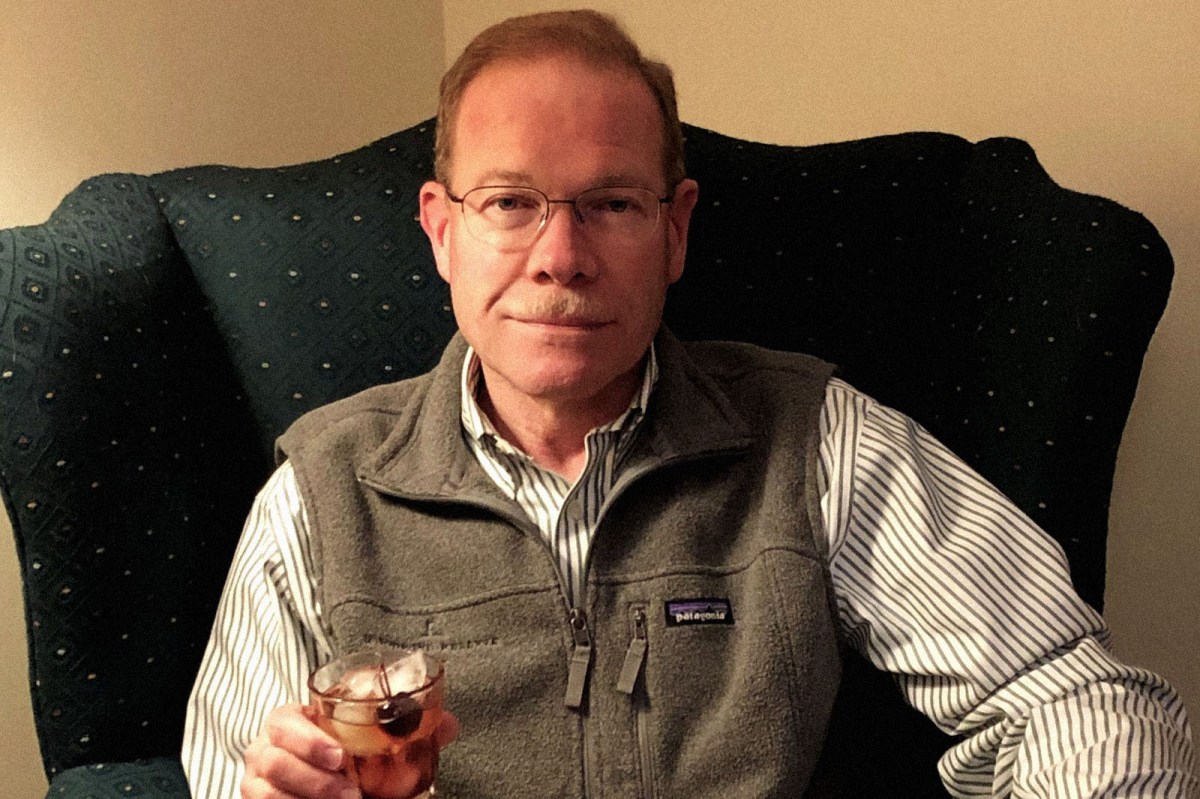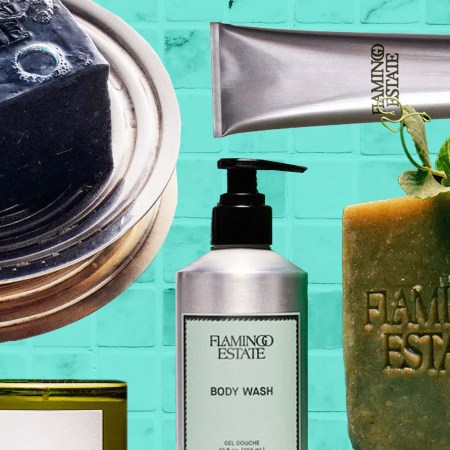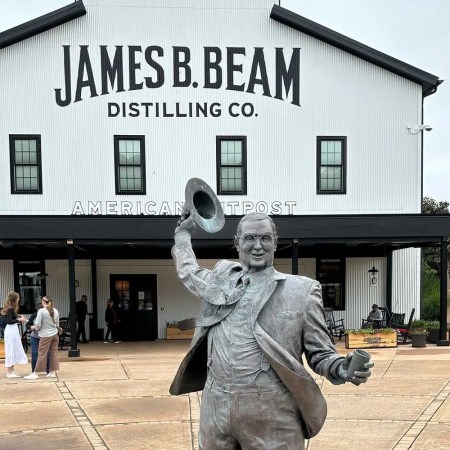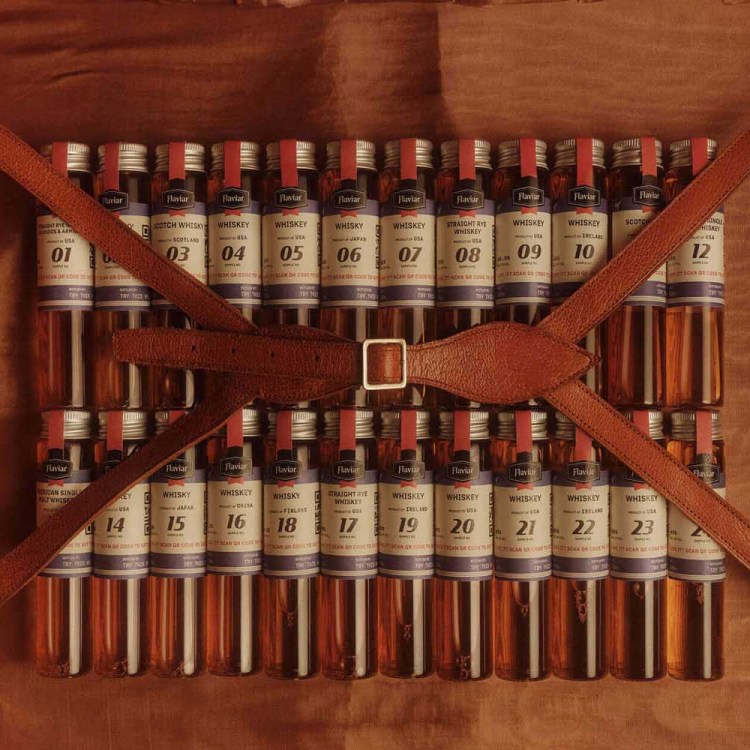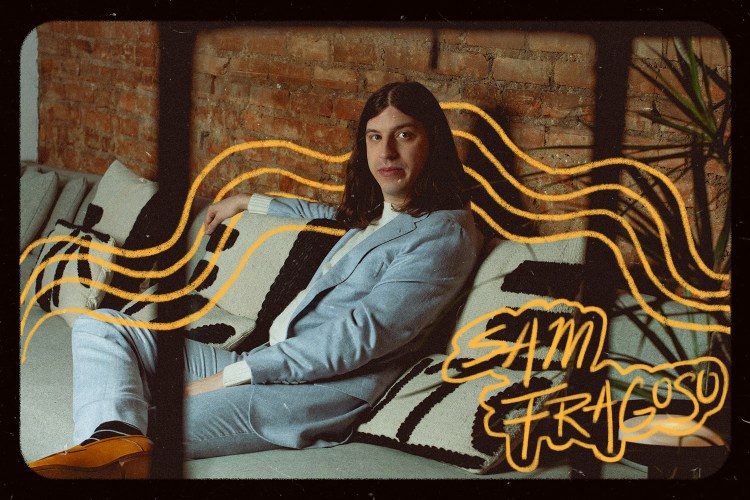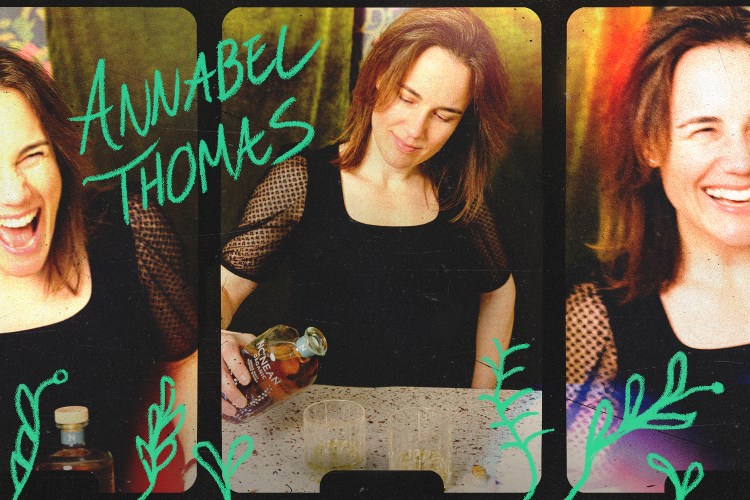This Is Workspace 101, a series in which InsideHook goes into the studios, offices, garages and laboratories of the most creative people we know to understand just how much the space in which they work impacts the work itself.
One of three generations of his family to work with the legendary Brown-Forman spirits brand, Woodford Reserve master distiller Chris Morris has bourbon in his blood. The seventh master distiller in the 150-year history of Brown-Forman, Morris began working at the company in 1976 as a trainee in the central lab, then parlayed that into a job at Glenmore Distilleries Company in 1988. Almost a decade later, in 1997, Morris returned to Brown-Forman to begin training for the role of master distiller, a position he has held since 2003.
A dyed-in-the-wool whiskey aficionado, the Louisville native authored the Society of Wine Educators Certified Spirits Specialist program, has served on the Kentucky Distillers Association and Kentucky Bourbon Festival Board of Directors, and is the chairman of the Order of the Writ Society.
Stuck at home like so many of us are during the lockdown, Morris took us on a virtual tour of his home office on the second floor of his Kentucky home to show off some of his favorite details.
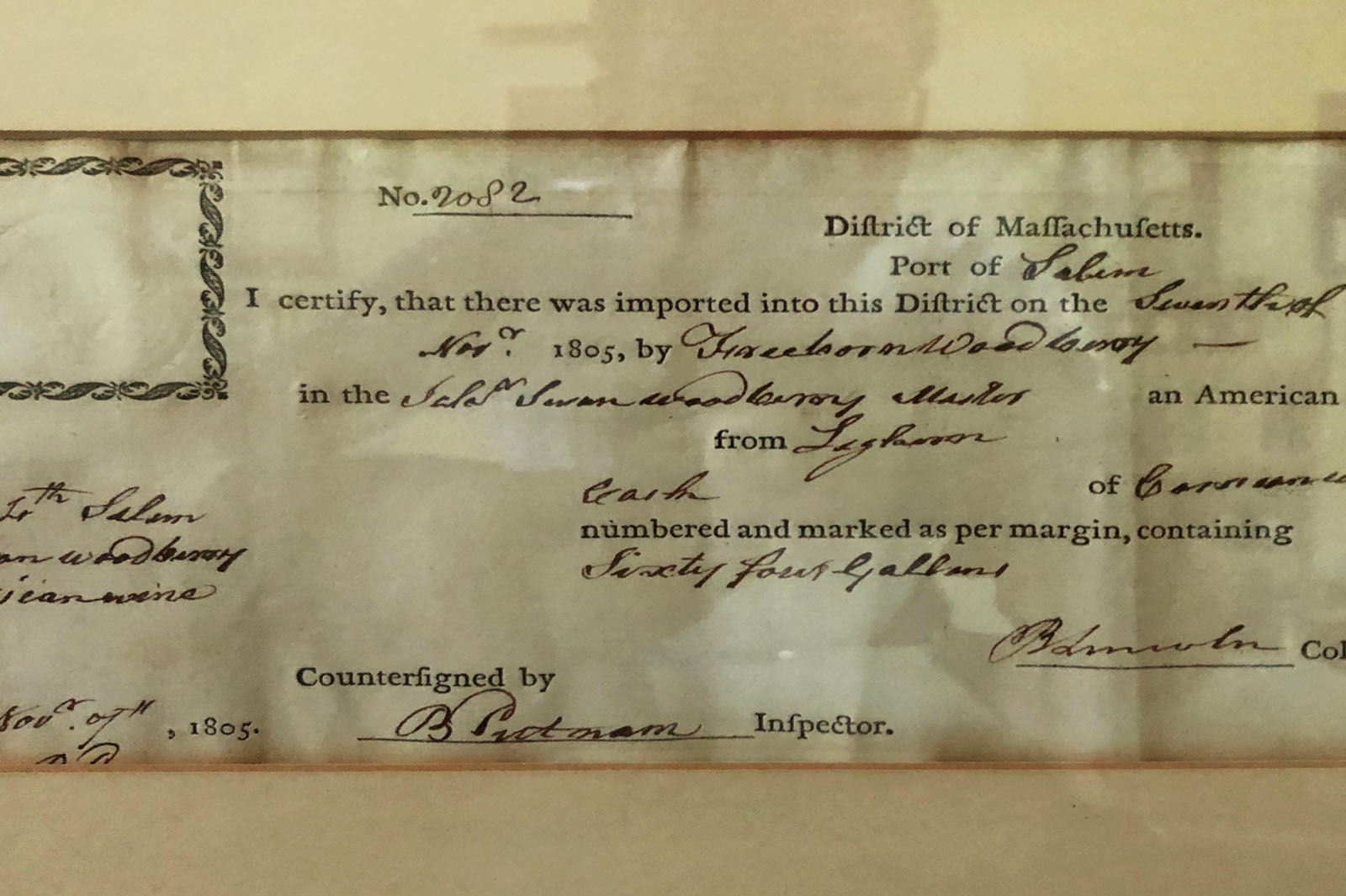
InsideHook: Do you have a favorite item in your office you like to show to other people?
Chris Morris: I have a tax document that was signed by Benjamin Lincoln, which is pretty cool. He was a Revolutionary War general who captured by the British along with William Woodford, for whom Woodford Reserve is named. Woodford died while he was a prisoner of the British, but Lincoln did not. He was released and he accepted Charles Cornwallis’s surrender sword at Yorktown and then handed it to George Washington. He went on to help put down the Whiskey Rebellion. A third of Kentucky was named after him and I’ve got his signature on a tax document for the industry. I think that’s just so cool.
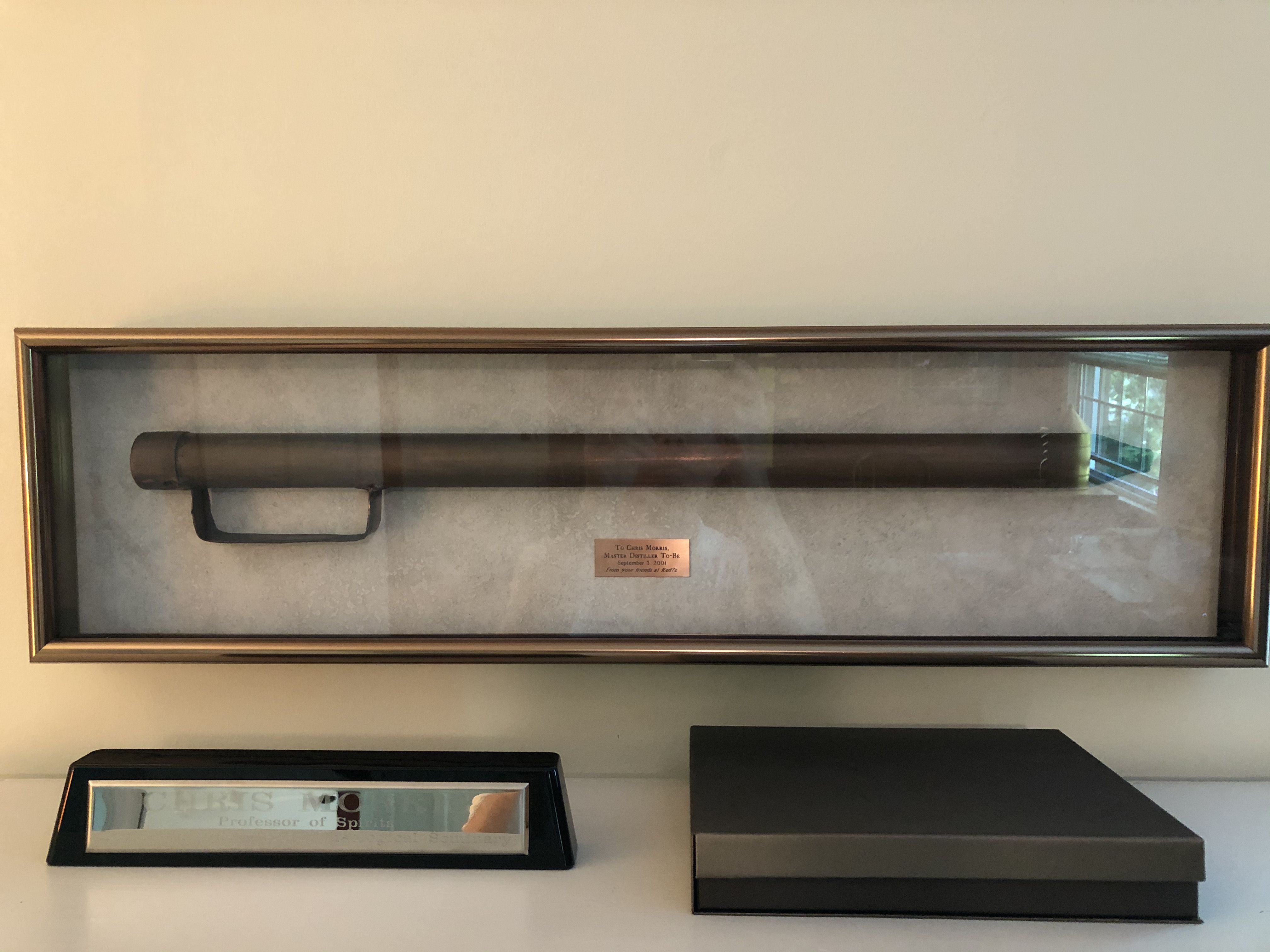
Do you have anything historic from Brown-Forman?
When I became master distiller 17 or 18 years ago, I was awarded a very old Brown-Forman whiskey thief [a tool for sampling small quantities of whiskey from a barrel] by the company. I thought that was really fun. How many master distillers before me touched it? I don’t know. Occasionally we’ll give them out as awards and prizes because they’re quite expensive and quite valuable. I’d say this one is probably from around the Prohibition repeal, so 1920s or so. It’s made from 100 percent copper, so it’ll last forever if I take care of it and keep it in that frame.
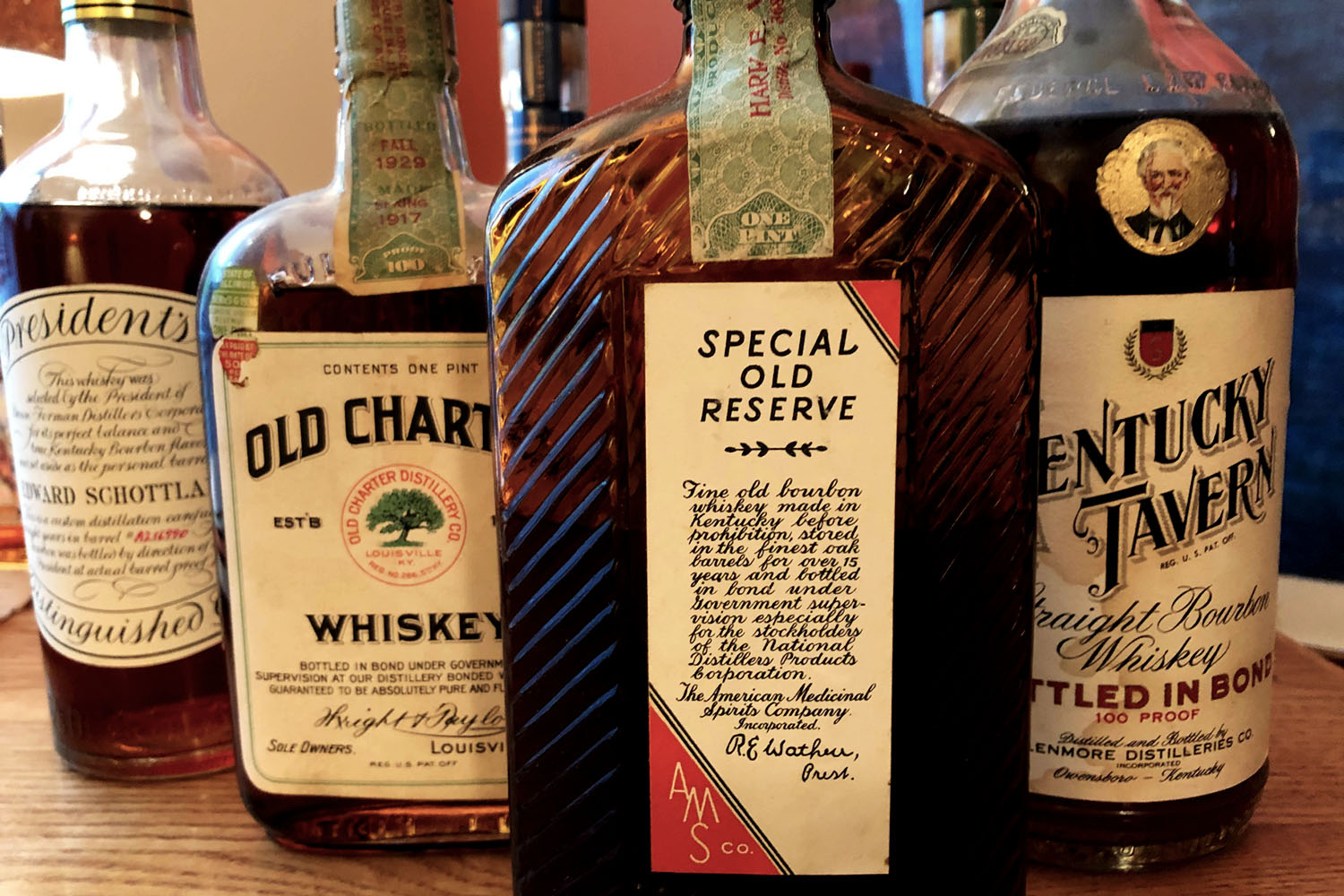
Do you keep any special liquor in your office?
I’ve got some old whiskey — Prohibition-era bottles and bottles from the 1940s that date back to the World War II era. They are mostly unopened and intact but some of them have lower fills in them because the sealing material was somewhat porous. They look like you’ve opened them (because the volume is down), but they’re still unopened. From Prohibition, I probably have a dozen and probably another dozen from the ’40s. If they are opened, it’s usually for some type of charitable auction or tasting to make sure other people enjoy them or appreciate them. It’s never to be enjoyed alone. You want to share those with people.
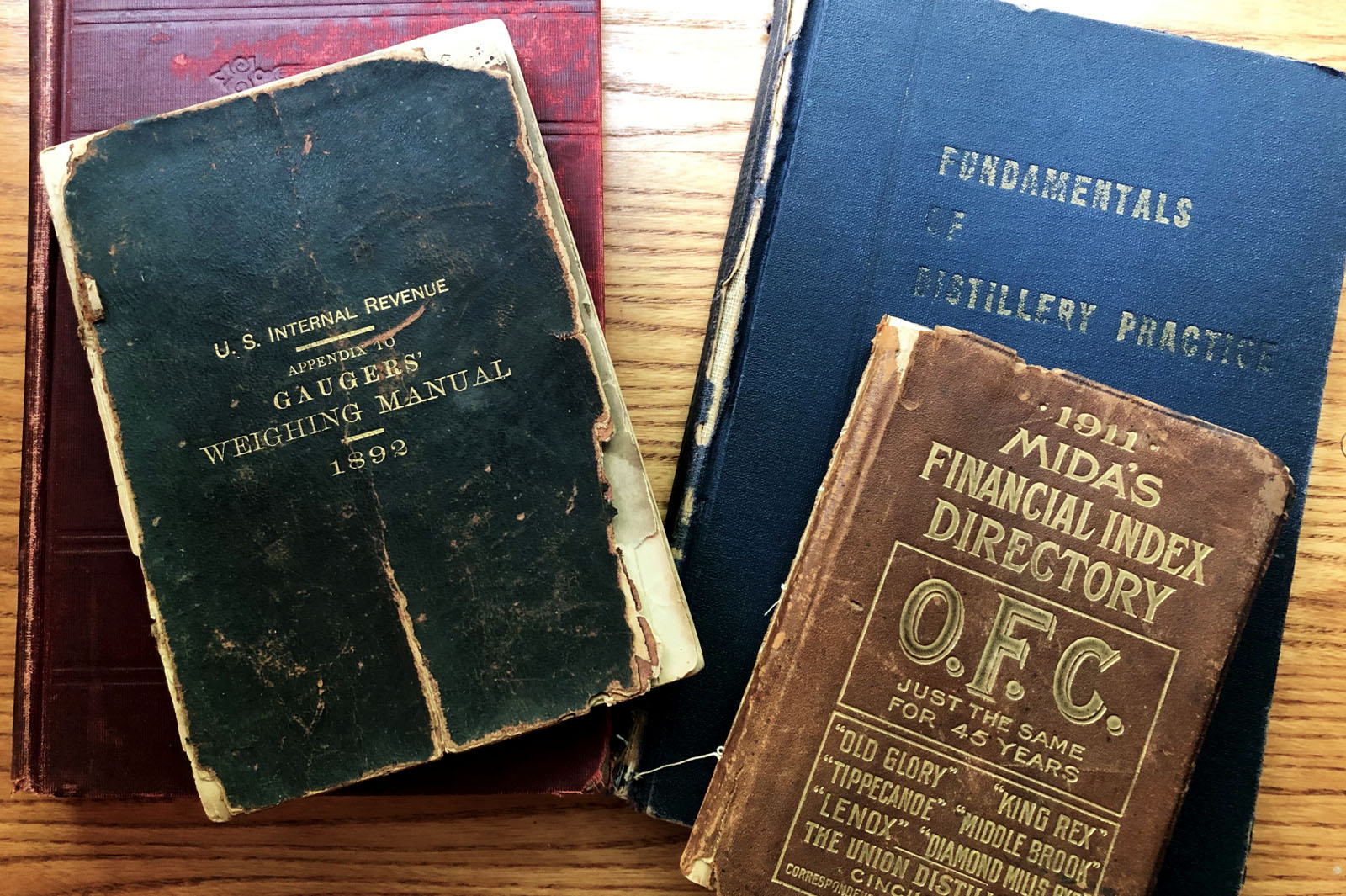
Is having whiskey in your office a staple for you?
I like to have bottles of whiskey around, but the real staple for me is my set of history books. My mom and dad worked in the industry and dad had quite a library. When I was a little kid, I remember leafing through them looking at the pictures but also reading about bourbon. I’ve got those very books, his books. I’ve got an original copy of the Bottled-in-Bond Act of 1897 and How to Distill from Seagram’s 1941. I love to have them because they have really helped me in whiskey innovation. They’re old leather and they smell like the old baseball mitts. I’ve got some books that were owned by Brown-Forman people that were legends to me from way back when. That’s really cool. So it’s even a bit of a touchstone with our own history.
What’s this document from the Order of the Writ?
That is Governor Andy Beshear’s charter that he signed making it an official organization in the state of Kentucky. It’s a closed fraternal society, members only. We have 15 founding members because Kentucky was the 15th state, and those members nominate individuals from all walks of life — distributors, retailers, journalists, whiskey makers, etc. — who have contributed to the development and protecting the history of Kentucky bourbon. Kentucky was founded in 1776 as Kentucky County, Virginia. And that means there can only be 1,776 members ever. We’ve got a couple of hundred members after two years. It’s a neat organization.
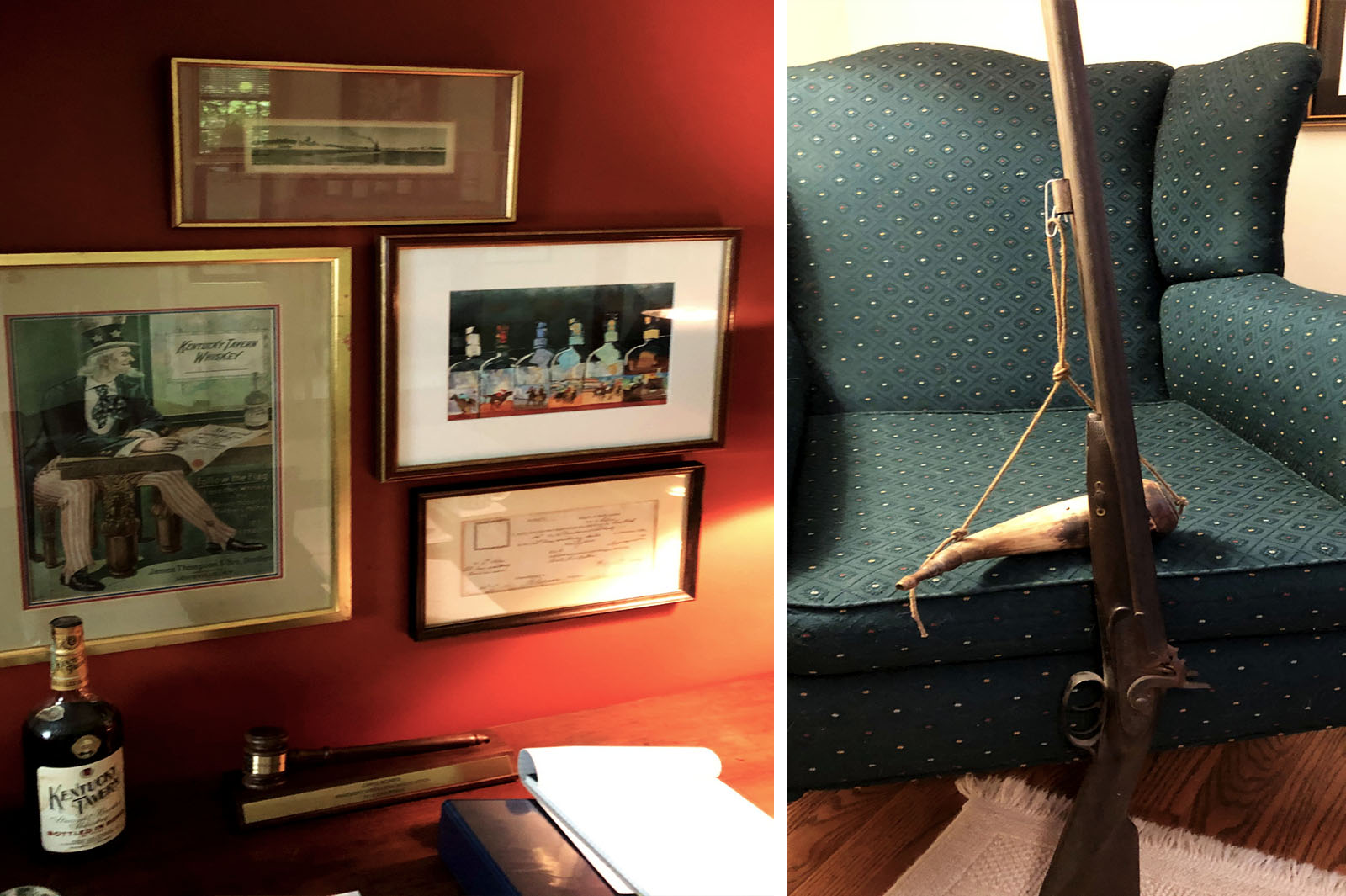
What’s the most sentimental thing you keep in your office?
Oh, that’s a good question. I’ve got a shotgun. It’s a barrel-loaded flintlock double-barrel shotgun that has been in my family since at least since the 1850s. I’ve got a picture of my father holding it in the Brown-Forman company magazine from the 1960s. It’s family history and it’s work-related history as well.
In general, what does your office feel like to you? Nostalgic? Happy?
I think it’s almost all of the above. It’s certainly comforting to me, because I have a lot of memories of my father here and other people I’ve known who’ve passed away from the company and the industry. You draw inspiration from some of these pieces of history. It’s very comforting and restful. Two of the walls are painted cinnamon and two of the walls are painted vanilla — bourbon colors. It’s very warm and soothing. Even when I’m working, I’m surrounded by my past and fond memories, so it’s a good place to be.
This article appeared in an InsideHook newsletter. Sign up for free to get more on travel, wellness, style, drinking, and culture.
